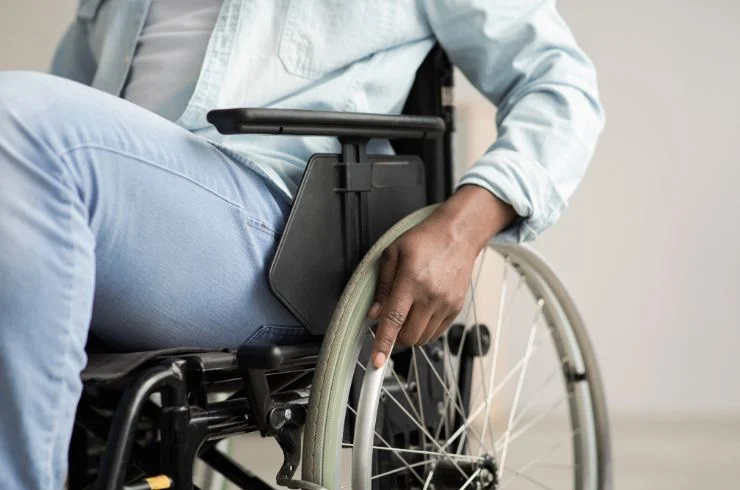Paralysis

What is Paralysis?
Paralysis is a loss of muscle function in one or more parts of the body, which can result from various medical conditions, including stroke, spinal cord injury, multiple sclerosis, or other neurological disorders. This condition can affect motor control and sensation, leading to partial or complete inability to move the affected limbs or body parts. Understanding paralysis is essential for patients and their families, as it can significantly impact daily life, mobility, and overall well-being.
Causes and Symptoms
Paralysis can result from different underlying causes. The most common include damage to the nervous system due to trauma (like accidents), diseases (such as polio or multiple sclerosis), or strokes that disrupt blood flow to the brain.
Symptoms of paralysis vary based on the extent of the condition and its location. They may include weakness, numbness, or the inability to move the affected area. In some cases, paralysis can be temporary, while in others, it may be permanent. Recognizing these symptoms early is crucial for timely diagnosis and intervention.
Treatment and Rehabilitation
Treatment for paralysis depends on its cause and severity. Immediate medical care may involve medications, surgery, or rehabilitation therapies. Physical therapy is a critical component of recovery, focusing on strengthening muscles, improving mobility, and enhancing coordination. Occupational therapy is also beneficial, helping individuals relearn daily living skills and regain independence. Emotional support and counseling can play an essential role in coping with the challenges of paralysis, as the psychological impact can be significant. With the right combination of medical treatment and rehabilitation, many individuals can achieve meaningful progress, improve their quality of life, and regain a degree of independence.